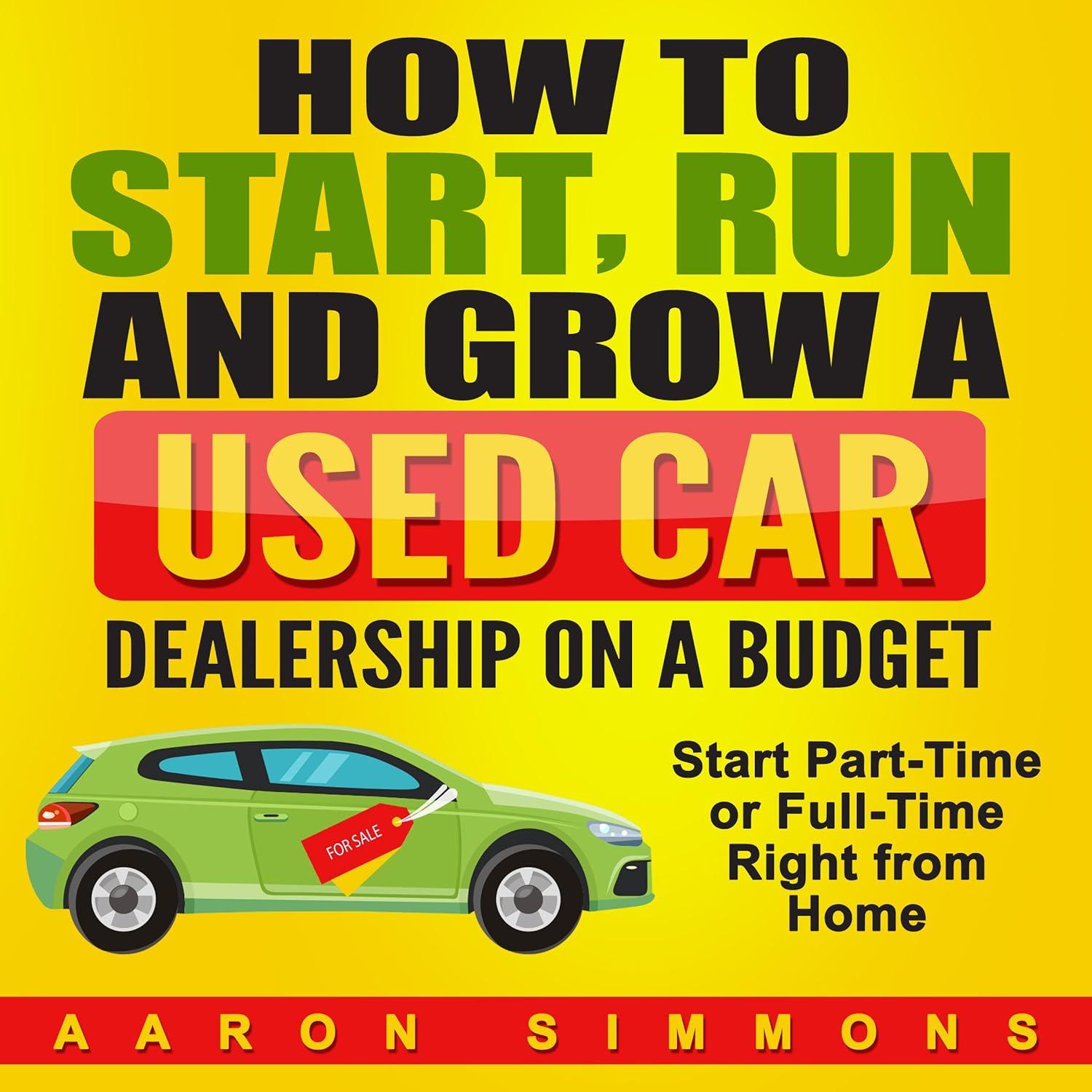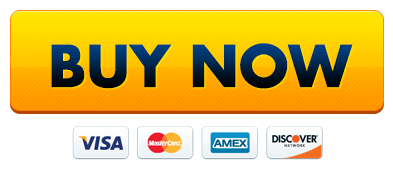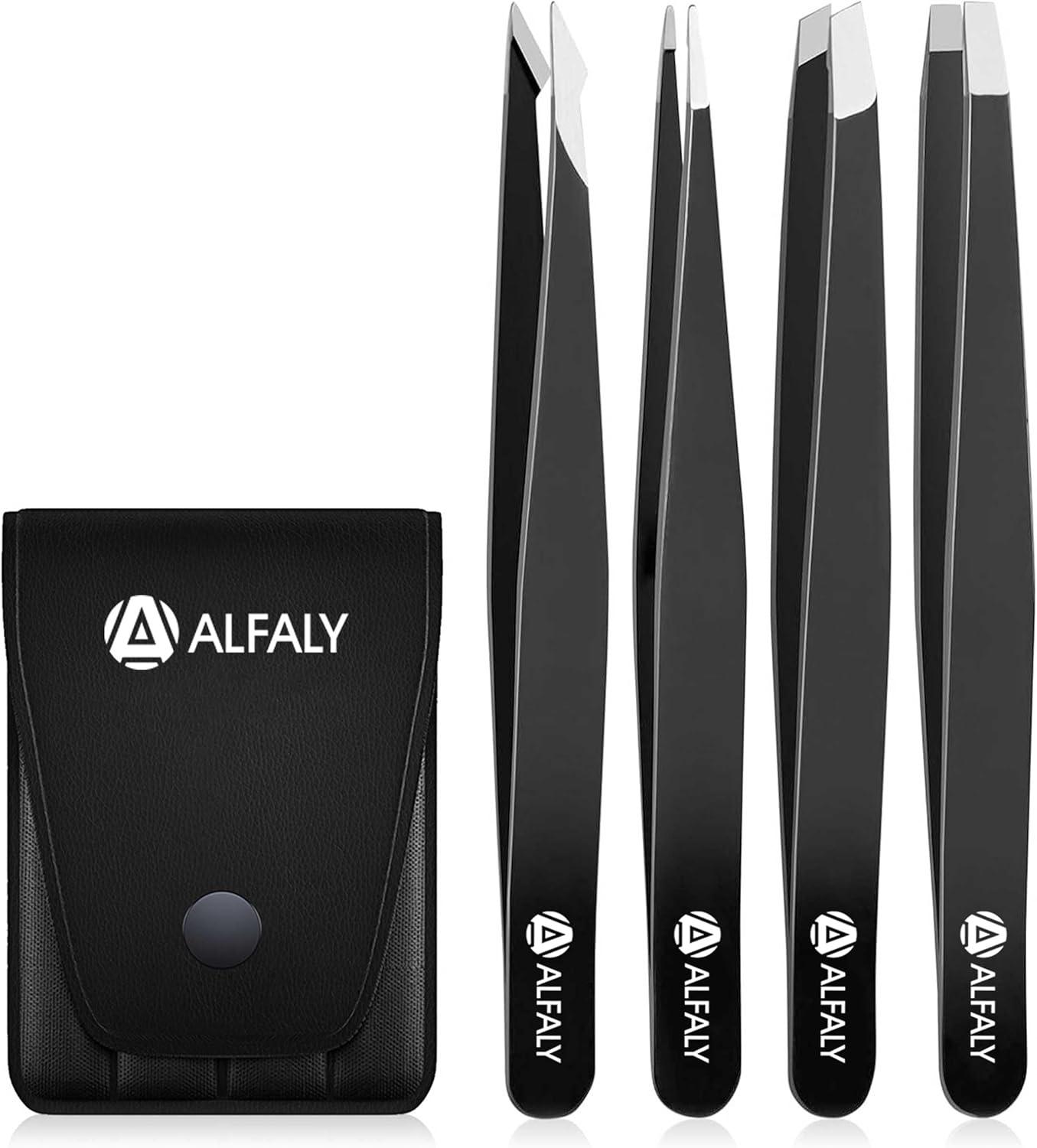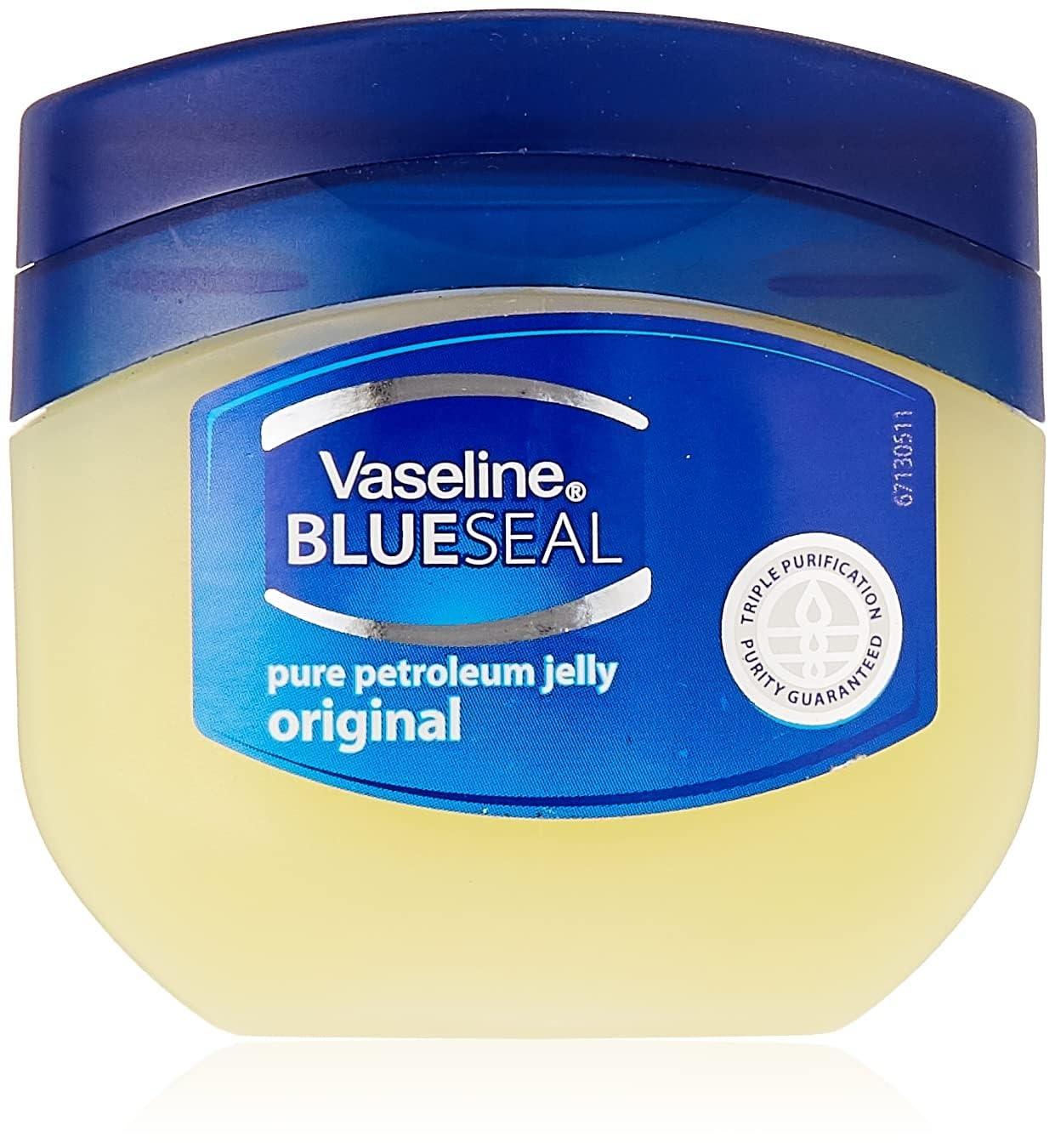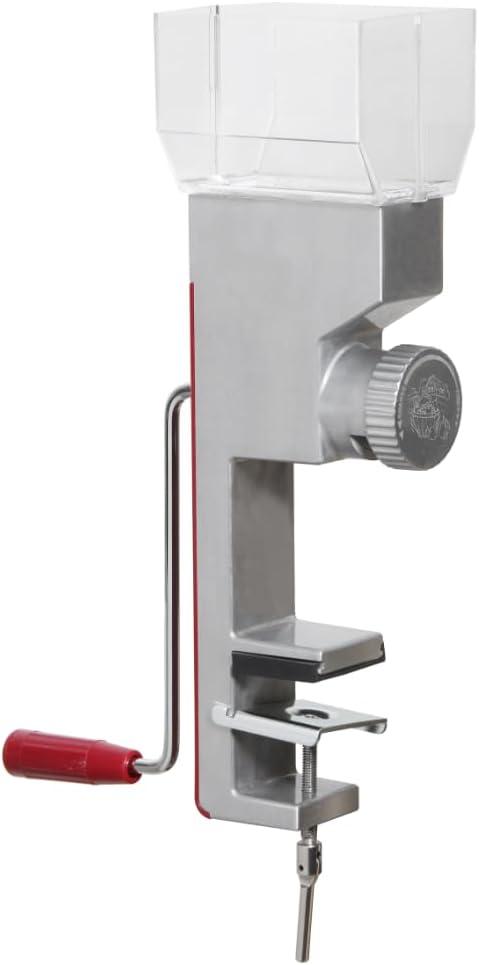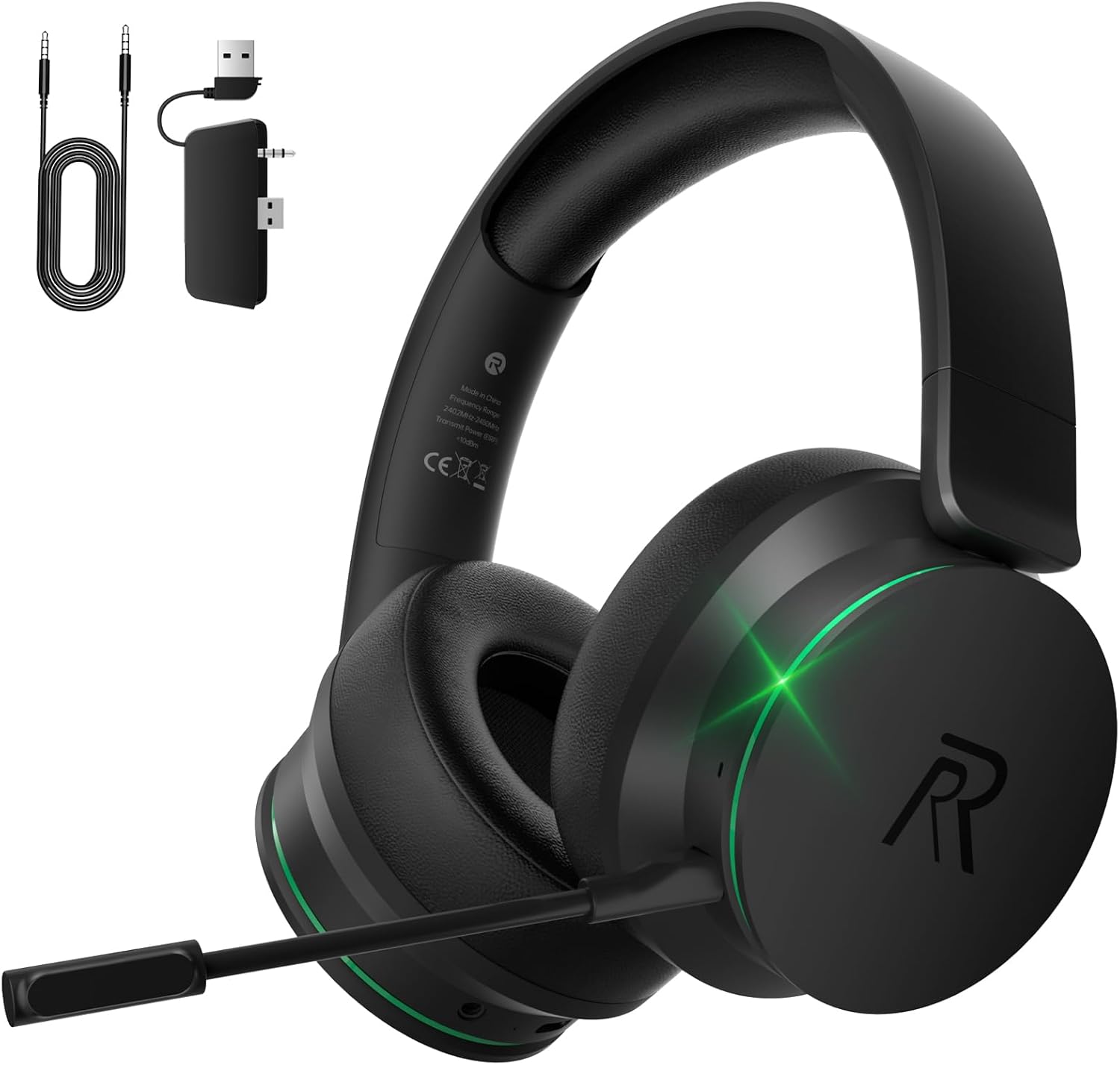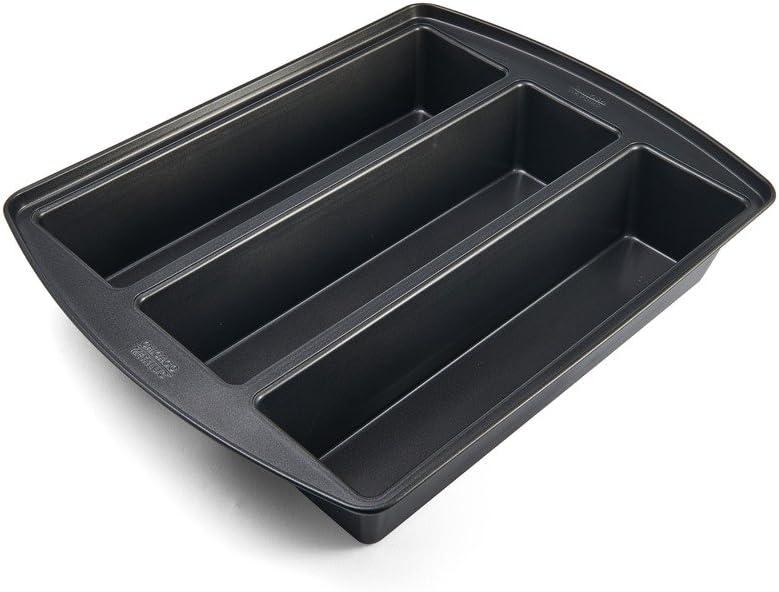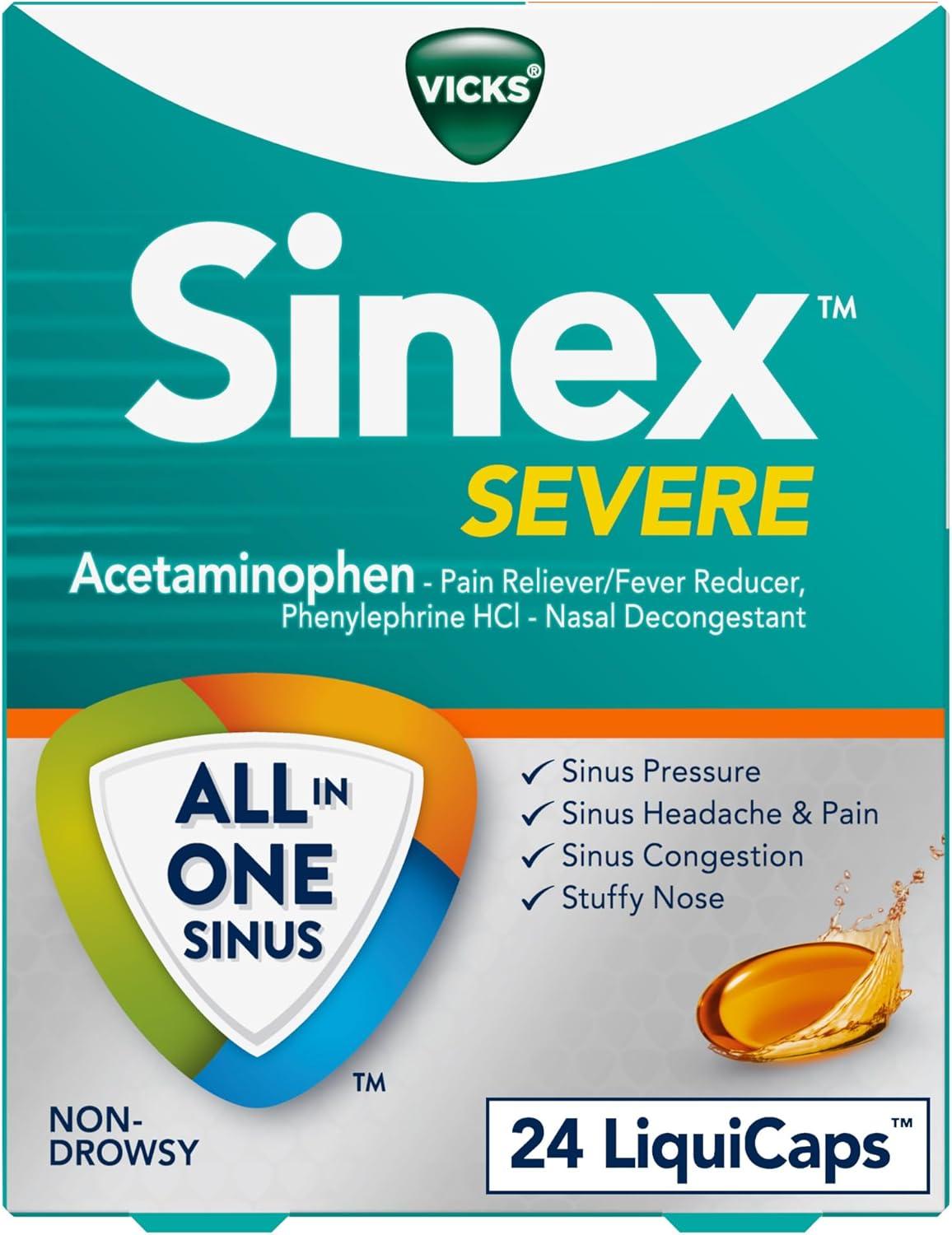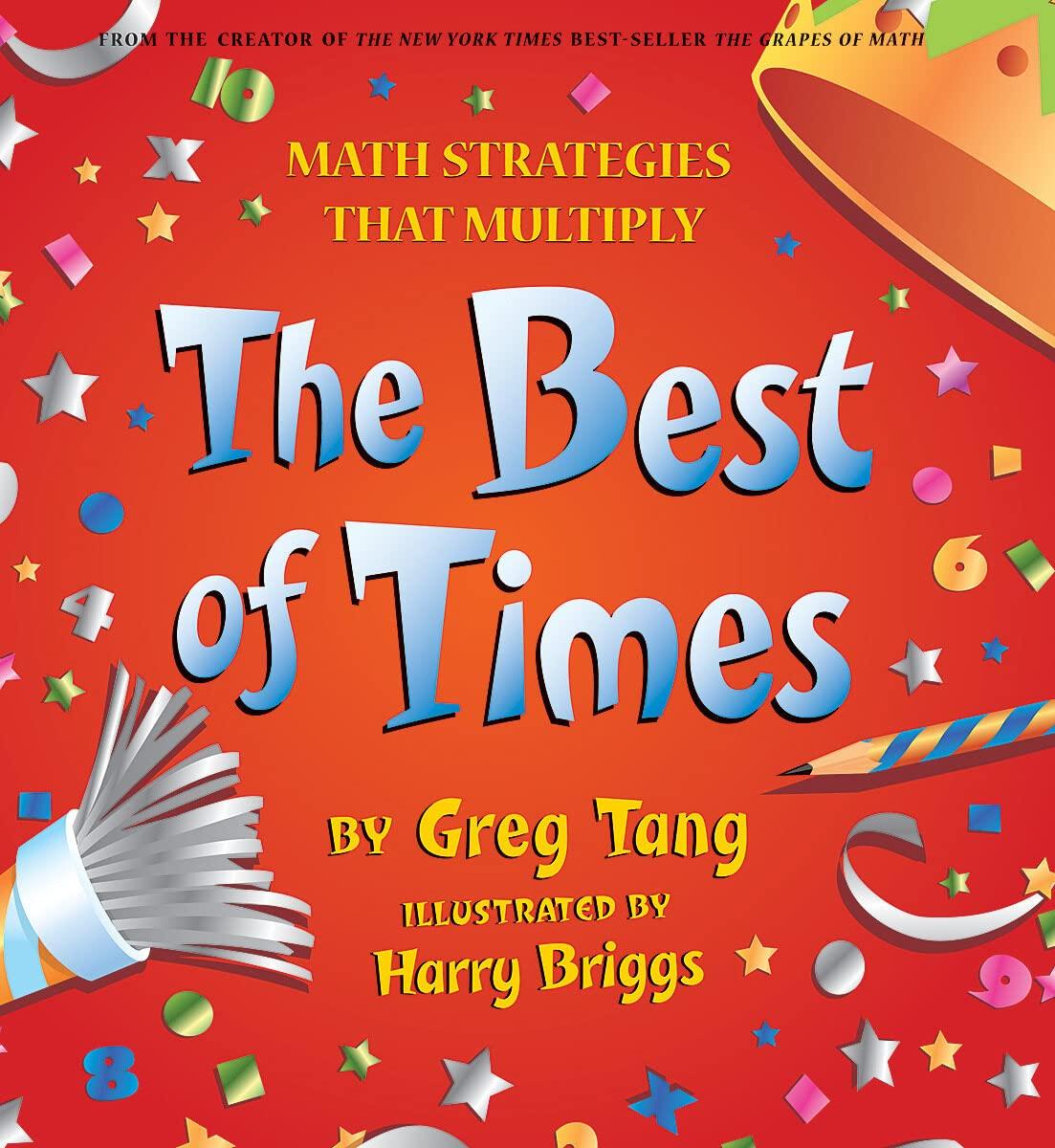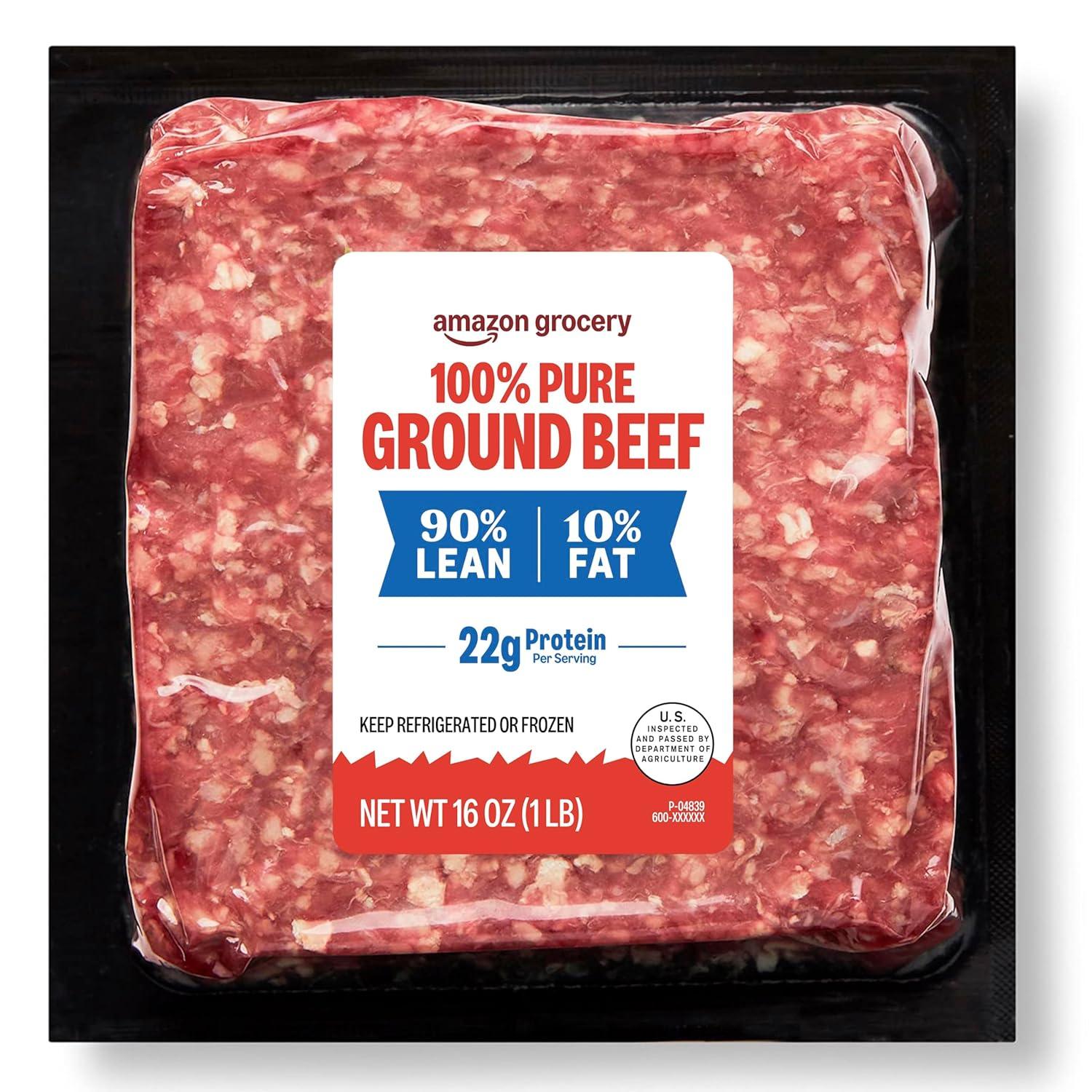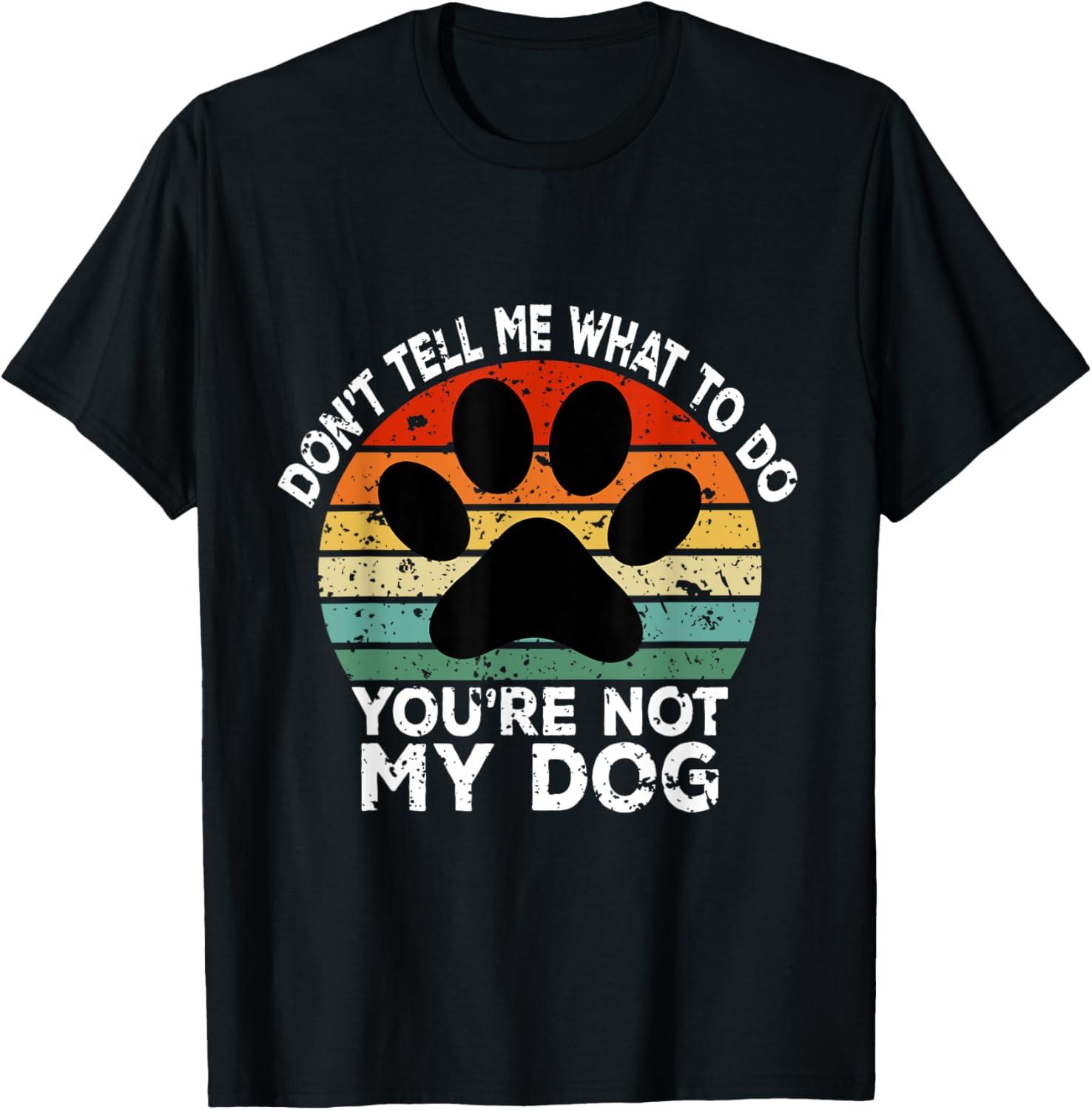Our Journey into the World of Affordable Used Car Dealerships

Starting a used car dealership on a budget began with me buying a reliable vehicle,like a 6-year-old Toyota Camry with 87K miles,for around $4,500. I kept it at home, spent a few hours cleaning and fixing minor scratches, then listed it on Craigslist for $7,100. Within three days, I received interest and sold it for $6,600 after a few test drives. The profit was $1,850,which surprised me. This showed how even with limited funds, selling used cars can yield decent returns. The key was choosing the right cars and pricing them smartly-something the book explains in detail.
Running the business means maintaining a steady flow of inventory, marketing it effectively, and managing customer interactions. I learned to focus on cars with good mileage and low repair costs, which maximized my profit margins. The book outlines how to handle licensing requirements across all 50 states, secure necessary bonds and insurance, and create a solid financial plan. It also walks you through incorporating your business, obtaining a EIN, and setting up a commercial bank account-steps that felt overwhelming at first but became manageable with the guide's clear instructions.
Growing the business required reinvesting profits back into the inventory. After a few months, I expanded to 2-3 cars monthly, which steadily increased my income. The book emphasizes the importance of dedication and consistency, helping me avoid common pitfalls. It's not just about buying cars; it's about building a system that works for your goals and time frame.
| key Features | Pros | Cons |
|---|---|---|
| 12 Steps to Start |
|
|
| 50 State Licensing |
|
|
| Profit Maximization |
|
|
Essential Tools That Transform Our Small Space into a Functional Dealership

I started my used car dealership part-time from home with minimal overhead, and it wasn't as elaborate as I thought. By sourcing affordable vehicles like the 6-year-old Toyota Camry I bought for $4,500, I was able to spend just a few hours on repairs, cleaning, and marketing. After listing it on Craigslist for $7,100 and selling it within a week for $6,600, the $1,850 profit covered my costs and gave me a solid return.This approach taught me that focusing on low-maintenance cars and strategic pricing can turn small efforts into notable earnings, especially when done consistently.
Running the business required dedication to quality and customer trust. I learned to inspect cars thoroughly, fix minor issues, and present them in a way that highlighted value. Platforms like craigslist allowed me to reach buyers without hefty advertising fees, while keeping expenses low on repairs and inventory. The key was balancing time spent on each vehicle and staying organized with sales tracking. Even with limited resources, this method made it easy to manage 2-3 sales a month and build a steady income.
Growing started with reinvesting profits into more inventory. By using the $1,850 from the first sale to buy another car, I expanded my offerings gradually. The book's guidance on state licenses, bonds, and business structure helped me avoid legal pitfalls and set up a professional framework. While the process demanded focus, especially with paperwork and compliance, it showed that patience and reinvestment could scale the business over time.
| Key Features | Pros | Cons |
|---|---|---|
| Low-Cost Start Buy affordable cars, minimal upfront investment |
|
|
Strategies for Managing Our Costs While Building a Reliable Inventory
Starting a used car dealership on a budget is surprisingly simple. I began by buying a 6-year-old Toyota Camry with 87K miles for just $4,500. After cleaning, fixing minor scratches, and prepping it for sale, I listed it on Craigslist for $7,100. Within three days, I received several inquiries, and after a few test drives, the car sold for $6,600. My total cost included $350 for repairs, making a net profit of $1,850. It felt like a small effort for a significant return-proof that with the right approach, even part-time ventures can generate steady income.My friend's story further inspired me; he consistently sold 2-3 cars a month for over two decades, using the profits to cover his kids' college costs. It's not just about buying cheap cars-it's about knowing how to price and present them effectively.
Running the business from home keeps overhead low. I used a garage as my primary workspace, avoiding costly retail spaces. This allowed me to focus on sourcing, repairs, and marketing without worrying about rent or utilities. I also leveraged free tools like Craigslist and social media to reach buyers, which cut advertising expenses. My biggest challenge was managing time and staying organized,but the 12-step guide in the book helped me streamline every part of the process. From licensing requirements to creating a personal financial statement, the resource made it easy to understand what's needed-even for someone without prior experience.
Growth happens through reinvestment and dedication. instead of spending profits on personal use, I reinvested them to buy more cars. This steady cycle of purchasing, fixing, and selling let me expand my inventory over time. The book provided clear steps on incorporation, naming the business, and obtaining a EIN, making legal compliance manageable. Though, the cons include competition from larger dealerships and the need for constant attention to detail. Still, the versatility and scalability of starting small made it a rewarding side hustle that evolved into a full-time passion.
| Key Feature | Pros | Cons |
|---|---|---|
| start Part-Time or Full-Time from Home |
|
|
| 12 Steps to Get Started |
|
|
| Reinvest Profits for Growth |
|
|
Real-World Tips on Enhancing our Visibility and Customer Engagement
Starting a used car dealership on a budget is surprisingly simple, especially if you begin as a part-time operator from your home. I purchased a 6-year-old Toyota Camry with 87K miles for $4,500, spent $350 on minor fixes, and sold it for $6,600 within a week. The net profit of $1,850 was enough to cover expenses and fund a small side project. By focusing on undervalued vehicles and pricing them strategically, even beginners can generate steady income without large upfront costs. The key is to prioritize quality over price and leverage platforms like Craigslist to reach buyers.
Running the business requires time and dedication, but the rewards are worth it. I started by listing cars in my driveway, cleaning and detailing them to present a polished appearance.Over time, I reinvested profits into acquiring better inventory, which improved my reputation and sales volume. While it's slow at first, selling 2-3 cars a month can provide a reliable extra income. The flexibility of part-time work allows you to balance other commitments, and the low barrier to entry means you can scale gradually as demand grows.
Growing the business is about smart reinvestment and learning from every transaction. I used the knowledge from the book to streamline processes,from understanding state licensing requirements to managing finances effectively. The guide's step-by-step approach made it easy to navigate legal hurdles and set up a professional framework. With consistent effort and patience,the business expanded steadily,proving that even small beginnings can lead to meaningful success.
| Key Features | Pros | Cons |
|---|---|---|
| Start at Home |
|
|
| 12 Steps to Get Started |
|
|
| Profit Reinvestment Strategy |
|
|
Lessons We've Learned on Scaling Our Business with Minimal Investment
How to Start, Run, and Grow a Used Car Dealership on a Budget is a game-changer for anyone looking to enter the car sales industry without a large upfront investment. I started by buying a few used vehicles, like a 6-year-old Toyota Camry with 87K miles for $4,500, and flipping them within days. The process was surprisingly straightforward-cleaning, minor repairs, and listing on platforms like Craigslist paid off handsomely. My first sale netted $1,850 profit after just a few hours of work, proving that with the right strategy, even small efforts can yield significant returns. By focusing on affordable cars and targeting local buyers, I quickly built a steady income stream while keeping operational costs low.
Running the business from home allowed me to maximize flexibility and minimize overhead. I learned to price cars strategically, ensuring markup without deterring customers. The book's detailed guidance on state licensing, bonding, and incorporating made the legal steps manageable, and the sample financial documents helped me track expenses like the $350 spent on repairs. Over time, reinvesting profits into purchasing more cars let me scale gradually, turning the side hustle into a full-time venture. It's all about consistency and learning to recognise undervalued vehicles in the market.
While the process is rewarding, it's not without challenges. Competition can be fierce, and market fluctuations require adaptability. However, the book's 12-step roadmap, combined with practical examples like my friend's success in paying for college through car sales, shows that persistence pays off. The key is to start small, stay dedicated, and use the knowledge provided to build a sustainable business. With the right tools and mindset, turning used cars into profit is within reach.
| Key Features | Pros | Cons |
|---|---|---|
| 12 Steps to Get Started State licensing guidance bond and insurance details Sample financial statements Incorporation templates How to get an EIN Commercial bank setup |
|
|
Reveal the Extraordinary
Conclusion
Running a used car dealership on a budget from home is more attainable than many think. By starting small-buying a few cars, fixing them, and selling them online-you can generate significant income with minimal overhead. The key lies in smart selection, pricing, and reinvestment of profits to scale steadily. Whether part-time or full-time, this business model offers flexibility, financial freedom, and the potential for long-term success.

How to Start, Run and Grow a Used Car Dealership on a Budget: Start Part-Time or full-Time Right from Home
Key Benefit: High income potential with minimal cost, starting as a part-time or full-time side hustle from home.
Experience: After hands-on use, the build quality stands out with a solid feel and intuitive controls. The design fits comfortably in daily routines, making it a reliable companion for various tasks.
| Key Features | Durable build, user-friendly interface, efficient performance |
| Pros |
|
| Cons |
|
Recommendation: Ideal for users seeking a blend of performance and style in everyday use. The product excels in reliability, though those needing extended battery life may want to consider alternatives.
